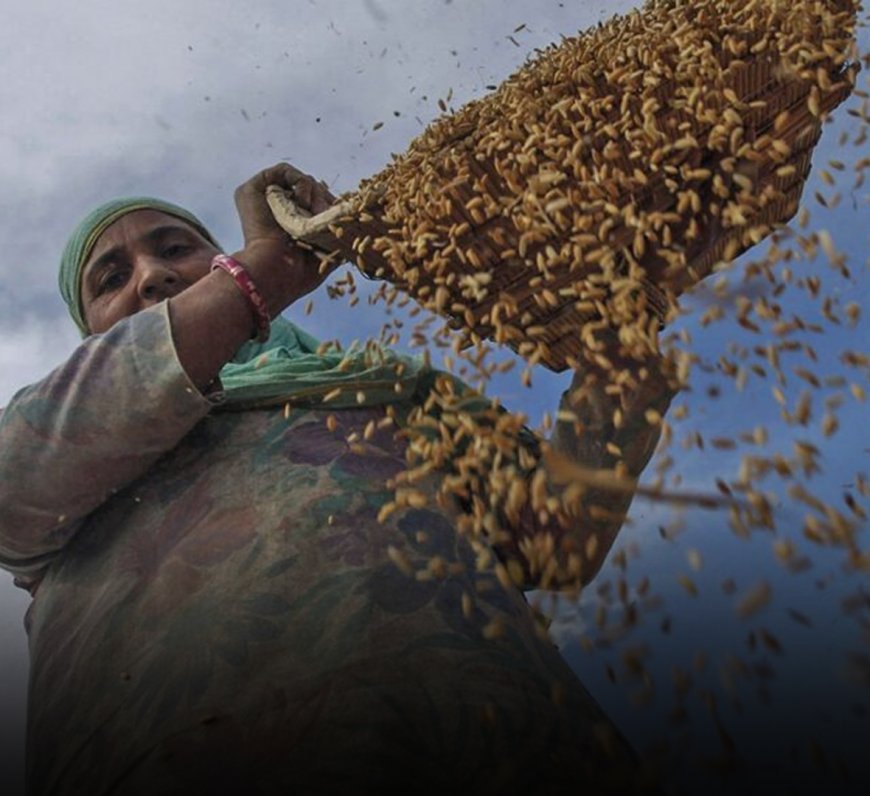Biofortification: A Sustainable Solution to Hidden Hunger
Hidden hunger, also known as micronutrient deficiency, is a silent crisis affecting billions worldwide.

Hidden hunger, also known as micronutrient deficiency, is a silent crisis affecting billions worldwide. Despite consuming enough calories, many individuals lack essential vitamins and minerals in their diets, leading to stunted growth, weakened immunity, and long-term health problems.
But there’s hope. Biofortification, an innovative agricultural strategy, could revolutionize global nutrition and tackle hidden hunger at its root.
What is Hidden Hunger?
Hidden hunger occurs when diets lack sufficient levels of critical micronutrients like iron, zinc, and vitamin A. Unlike traditional hunger, it’s not about eating enough food but about consuming nutrient-rich food.
This condition is most prevalent in regions where diets heavily rely on staple crops like rice, wheat, and maize, which often lack essential nutrients.
How Biofortification Works
Biofortification is the process of breeding crops to enhance their nutritional value. Scientists and agricultural experts use traditional plant breeding techniques or modern biotechnology to enrich crops with vital nutrients.
For example:
- Iron-rich beans and pearl millet can combat iron deficiency anemia.
- Zinc-enriched wheat helps improve immunity and growth.
- Vitamin A-enriched sweet potatoes and rice reduce vision problems and child mortality.
Why Biofortification Matters
- Long-Term Sustainability: Unlike food aid or supplements, biofortified crops provide a sustainable solution by delivering nutrition through everyday diets.
- Reaching Vulnerable Populations: Biofortified crops target rural and agricultural communities where hidden hunger is most severe.
- Cost-Effective: Once developed, biofortified seeds can be distributed widely, reducing the need for ongoing external interventions.
The Impact of Biofortified Crops
Biofortified crops are already making a difference in several countries:
- Golden Rice: Enriched with vitamin A, this rice variety is being adopted in Asia to combat childhood blindness and vitamin A deficiency.
- Iron-Fortified Pearl Millet: Popular in India and Africa, it fights anemia and supports better health.
- Orange-Fleshed Sweet Potato: A powerful source of vitamin A, widely grown in sub-Saharan Africa.
Challenges and the Path Ahead
While biofortification offers immense promise, challenges remain:
- Awareness and Adoption: Educating farmers and consumers about the benefits of biofortified crops is critical.
- Access to Seeds: Ensuring biofortified seeds are affordable and accessible to smallholder farmers is essential.
- Government and Policy Support: Strong policy frameworks can drive the integration of biofortified crops into national agriculture and nutrition programs.
A Vision for a Nourished Future
Biofortification isn’t just an agricultural innovation; it’s a pathway to better health, stronger communities, and a more sustainable world. By integrating nutrition into the very crops we rely on daily, biofortification can help millions break free from the cycle of hidden hunger.
As governments, scientists, and organizations collaborate to scale biofortification, we edge closer to a future where every meal nourishes, every crop sustains, and hidden hunger becomes a thing of the past.
Key Highlights:
- Hidden Hunger: Micronutrient deficiencies affect billions, especially in developing countries.
- Biofortification: A sustainable method to breed nutrient-rich crops like rice, wheat, and maize.
- Success Stories: Vitamin A-enriched rice, zinc-rich wheat, and iron-fortified beans are changing lives.
What's Your Reaction?








































































































